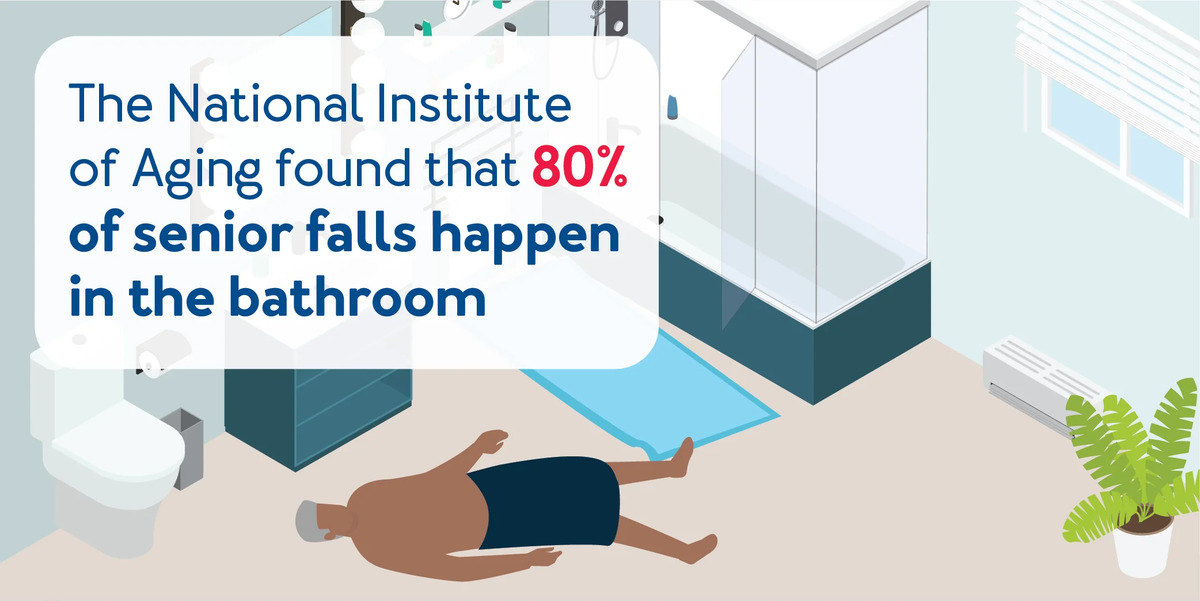The bathroom is one of the most dangerous rooms in a residence, where many accidents can happen. Addressing bathroom safety is key to minimizing injuries. Bathroom accidents can range from slips and falls to burns, electric shocks, poisoning, and drowning. Therefore, it is important to follow some bathroom safety tips to prevent injuries and ensure the well-being of yourself and your family.
Bathroom Safety Tips
Tub Safety to Minimize Injuries
We are often reminded never to leave a small child unattended in the bath. Children can drown in just a few inches of water, always supervise them and have all the supplies handy before bath time. Do not rely on bath seats, swim rings, or other devices to keep children safe.
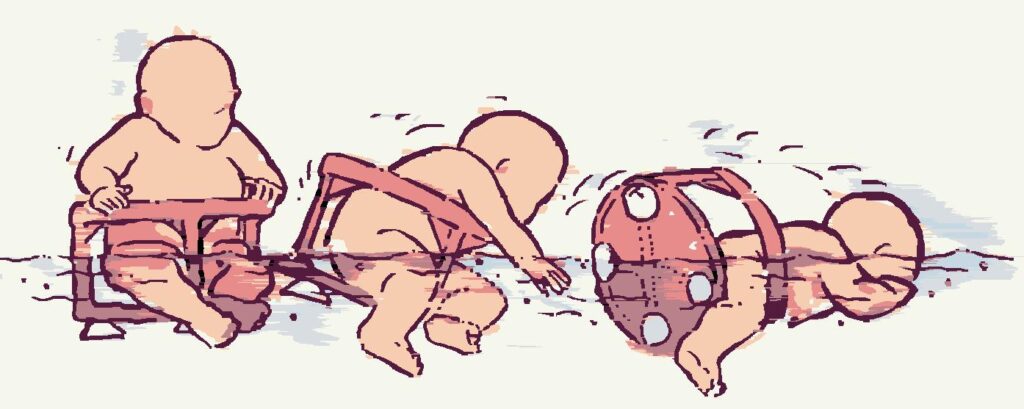
Avoid the danger of scalding. Water that is too hot can cause serious burns, especially for children and older adults who have more sensitive skin. Turn down the temperature of your water heater to below 120°F (49°C) and always check the water temperature before getting into the tub or shower. Consider installing anti-scald devices or digital faucets that regulate the water temperature. Bathroom Safety is Key to Minimizing Injuries, a small upfront investment may avert a crisis.
Grab Bars to Minimize Injuries
Install grab bars in the shower, tub, and toilet areas. Grab bars can help you maintain your balance and prevent falls when getting in and out of the shower or tub, or when using the toilet. They should be installed either vertically or horizontally, not diagonally, and be sturdy enough to support your weight. Towel rails are not a good substitute for grab bars.
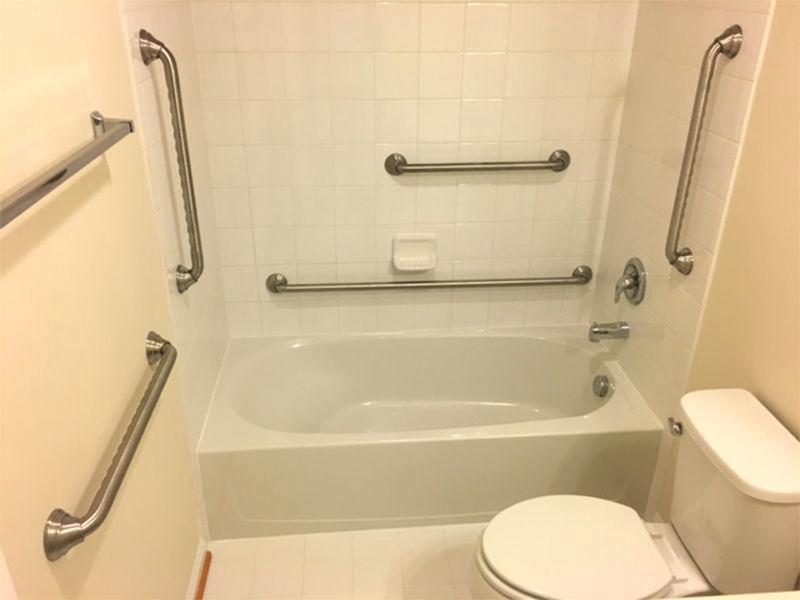
Slip Prevention is Vital to Minimizing Injuries
Reduce the risk of slipping. Wet floors, rugs, and tubs can be very slippery and cause falls. Utilize non-skid strips or mats to the tub bottom and use slip-resistant rugs or mats outside the tub. Remove these rugs once you are dry so that they do not become a trip hazard. Dry wet floors as quickly as possible and avoid wearing socks or shoes that can slide on wet surfaces.
Toilet Dangers
Always close and lock the toilet lid. This can prevent small children from falling into the toilet and drowning, or from accessing harmful substances that may be in the toilet bowl or tank. You can also use a toilet lock that has an automatic reset function to make it easier for adults. Closing the toilet lid when flushing; minimizes the spread of vapor particles that carry bacteria and other pathogens to spray around the bathroom.
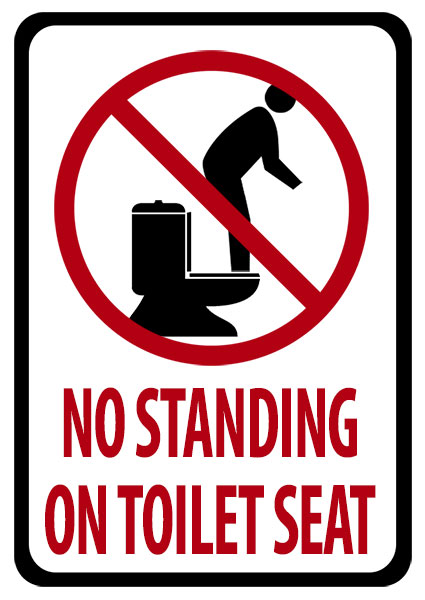
Storage- Often Overlooked in Bathroom Safety
Appropriate medication and cleaning product storage. Medications and cleaning products can be poisonous if ingested or misused by children or adults. You should keep them in clearly marked containers, either in their original packaging or in a special pill dispenser, and store them out of the reach of children in a locked cabinet away from everyday items such as shampoo, soap, etc. Avoid using toxic chemicals for cleaning and opt for non-toxic green alternatives whenever possible. Many medications are damaged and lose their potency by the heat and moisture of the bathroom. Avoid storing them in the bathroom medicine cabinet.
Electrical Safety
Safeguard against electric shock. Electricity and water do not mix well and can cause fatal shocks if they come into contact. You should install GFCI (ground-fault circuit interrupter) outlets in your bathroom to protect against electric surges and hire an electrician to do this job for you. You should also avoid using electrical appliances such as hair dryers, curling irons, or radios near water sources or wet surfaces. Remember that hot curling irons and straighteners remain hot for a while; keep them out of the reach of children and those with dementia.
Ensure lighting is adequate and shadows are limited. Utilize night lights that turn on automatically in the dark and avoid the use of extension cords.
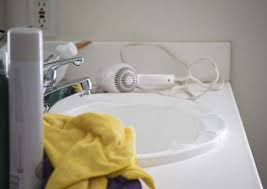
Conclusion
Bathroom Safety is Key to Minimizing Injuries! You can reduce the risk of accidents and injuries in your bathroom and make it a safer place for yourself and your family
- Critically review your bathroom for lurking hazards.
- Consider utilizing the services of an occupational therapist or a contractor specializing in bathroom modifications.
- Implement these bathroom safety tips
- Remember that Bathroom Safety is Key to Minimizing Injuries. Injury prevention is better than managing a crisis. Safety is more important than aesthetics.
Stay safe in your bathroom!
Resources:
Spring Cleaning and Fall Prevention
CDC Report Shows Bathroom Injuries Cause Thousands of Visits to ER

